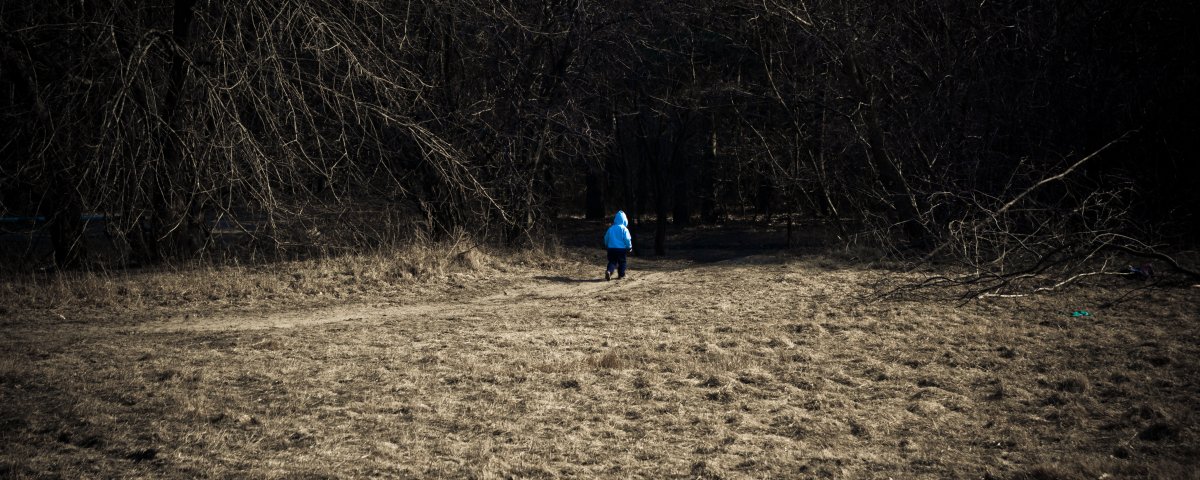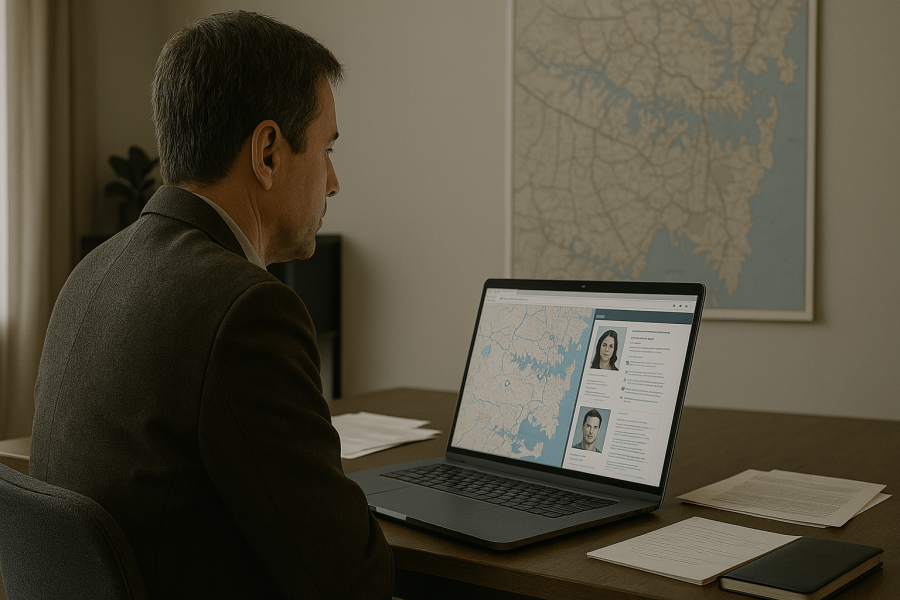Bill Spedding & the William Tyrrell Case
For one reason or another, it can become necessary to prove whether a person was or wasn’t at a particular location at a certain point in time. For example, one may need to show whether a person could have physically been responsible for a criminal act or some kind of behaviour that results in a civil dispute. In disputes between intimate partners, a credible alibi could absolve you from guilt in the eyes of a suspicious spouse or lover. In civil and criminal matters, evidence that places an individual at a certain place and time can be the difference between a favourable judgment and a disastrous outcome. This has been the recent experience of washing machine repairman Bill Spedding whose life was upended due to wrongful accusations of child abduction by NSW police.
On 12 September 2014, Australia was rocked by the mysterious disappearance of William Tyrrell, a three-year-old boy who had been staying at his grandmother’s house in Kendall, NSW. He had been playing hide and seek outside with his sister while his mother supervised them. His mother left them briefly to make herself a drink inside but began to worry after William hadn’t made any noise for several minutes. At close to 11am on the same day, emergency services were called and the boy was reported missing. Thus began the lengthy and fruitless search for William Tyrrell.
Bill Spedding was said to have visited the Tyrell home on 9 September to endeavour to fix a broken washing machine and was publicly named a person of interest by NSW police. Five years later, he is suing the state of New South Wales for malicious prosecution by NSW Police and malfeasance in public office.
Much of the police case against Spedding rested on statements provided by a neighbour of the Tyrrells. The neighbour told detectives that he “definitely” saw Spedding’s van travelling up a bush track on the day of the kidnapping. He has since corrected himself, claiming before the Coroner’s Court that he had only seen a van that looked similar to Spedding’s.
Revealed in the recent coronial inquest, Bill’s wife claimed that the couple had gone to watch their grandchild receive an award at a school assembly that day, and that they had met for coffee at a local café across from the school at 9:30am. Fortunately for Bill, a receipt shown to the inquest revealed that food and coffee had been purchased using the Speddings’ joint account at about 9:45am. Furthermore, his claims were corroborated by a parent who said that she had seen Mr Spedding in attendance during the assembly at about the time that William was abducted from his grandmother’s house. Regrettably, it took police months to investigate this alibi. While the evidence against Spedding was shoddy, his innocence was well and truly demonstrated by the receipt for his café visit and the testimony from the parent in attendance at the school assembly.
Witness statements and receipts are just 2 ways in which one can go about proving that a subject person was at a particular location (and not in another location) on a particular date and/or at a particular point in time. Things like parking tickets, CCTV footage, timesheets, metadata and diary notes can all constitute proof. Time is of the essence when gathering location-based evidence, especially when it comes to documenting digital evidence. Mobile phone/computer data can reveal where a person was at the time of making a phone call or sending messages. Certain applications that record the device’s location can also place an individual at a particular time and place very precisely.
Unfortunately, it is believed that the police force’s heavy focus on Spedding in the Tyrrell case may have hampered other areas of the investigation, specifically the extent to which other more promising leads were followed. “Because of that very narrow focus, then that myopia can really distort the manner in which the police go about their investigation,” said Mr Spedding’s lawyer. “[It] can be a false lead or mean that other opportunities for the investigation to take a more productive or fruitful route are lost.”
Such is the case in many unsuccessful investigations. It’s of the utmost importance to consider any and all possibilities when attempting to solve a matter. Making a premature judgement as to guilt or responsibility is one of the most serious errors that can be made in the investigation process. A key principle of investigations is to never discount a lead until you can be sure it will not lead somewhere, even if some or most of the evidence points in another direction.
In the same way that investigators advise people to get in the habit of writing their signature on a regular basis so that, if it’s ever forged, it’s possible to compare your genuine signatures against the forgery, it’s also sensible to save receipts, turn on location settings on your phone, keep a diary or calendar and be mindful of who you saw and where. If you’re ever accused of something someday, whether that is by the police, your employer, the ATO or by your partner then you may well be able to use such evidence to exonerate yourself from accusations that are false. Without such evidence, questions may always remain.
Find more information on the Tyrell case here. https://www.theaustralian.com.au/topics/william-tyrrell



